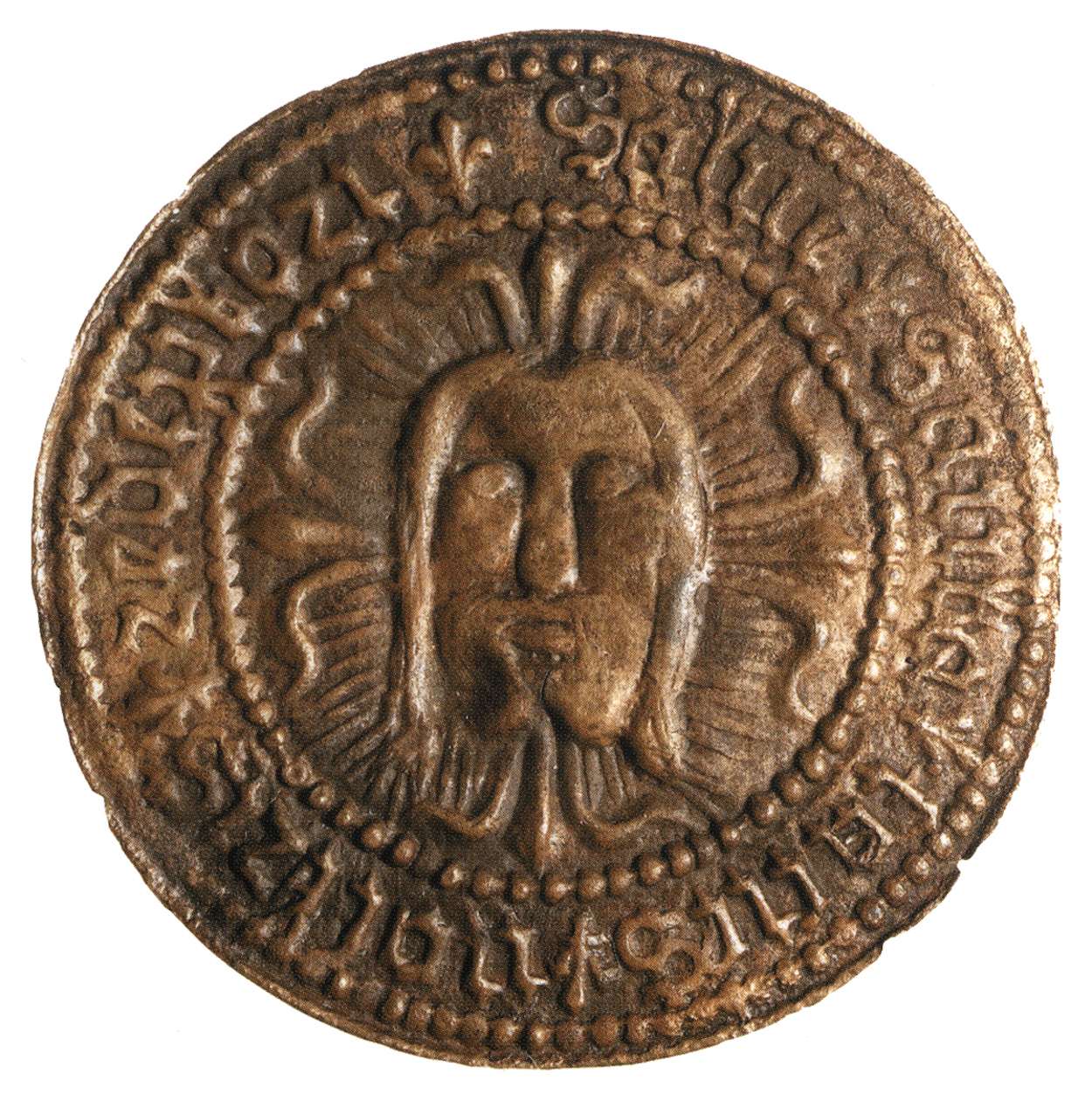The majority of people during the Renaissance period had little money to spend on art but they were still interested in artistic objects. Visual culture had a place among the poor in the form of modest and comparatively cheap items, and the pilgrim’s badge is one such example.
Pilgrimages during the Renaissance period were made for much the same reasons as today: they were religious rites of passage for some, a journey made to seek healing for others, or an undertaking simply to exemplify a person morally or spiritually. The pilgrim’s badge was a visible sign that someone had successfully completed such a journey.
The badges came in a range of materials ranging from cheap versions in lead to more expensive versions in gold. They were purchased as souvenirs of the journey and worn with pride as a symbol of achievement and piety. The imagery of the badges usually related directly to the Christian site with which they were associated, for example the symbol of Santiago de Compostela was (and still is) a scallop shell which represents James, the patron saint of Spain.
The pilgrim’s badge of the Veil of Saint Veronica (pictured above) was made in stamped brass. Its subject concerns the moment when the woman Veronica wiped the face of Jesus as he made his way to Calvary. Around the face of Christ is the inscription ‘salve sante facies nostris redeptori' which translates as 'Hail, the holy face of our redeemer'. The wearer of this badge might have hoped to become endowed with qualities associated with a particular saint; in this case perhaps the qualities of pity or mercy might be of significance. At the very least they would be reminded of these attributes through the object.
The wearing of pilgrim’s badges shows a concern with self-image that we tend to attribute only to the more wealthy, yet here we can clearly see that visual artefacts as a routine part of daily life was a society-wide concern, and the mass-produced pilgrim’s badge demonstrates that even the poorest people could acquire visual symbols to both embellish and represent different aspects of their lives.
- Sarah


 Unknown Artist
Unknown Artist